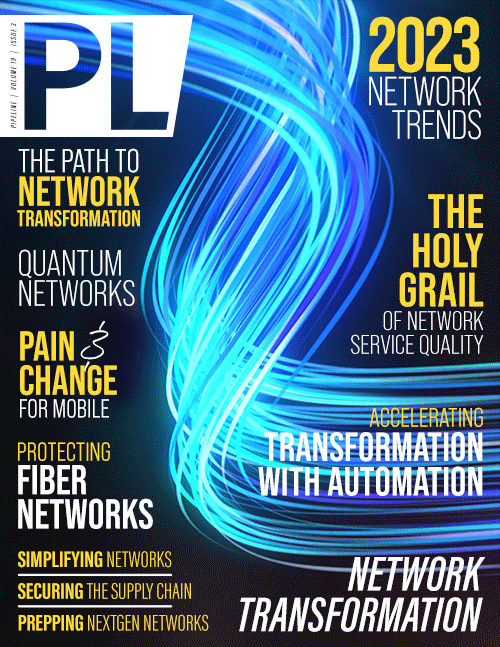Simplifying Network Transformation

There’s an adage about dealing with complex things in life: “Keep it simple.” Coined by Lockheed Martin engineer Clarence Johnson, who oversaw the development of the SR-71, the world’s first “stealth” plane, the “KISS principle” has become a guiding principle for project development the world over. Whether the project is as simple as writing an article or something as complicated as designing a jet aircraft, this mantra is a great reminder of the constant need to eliminate complexity wherever and whenever possible.
Telecom network transformation can be a lot like redesigning and rebuilding a plane while it’s in flight. From decisions about which chipsets and antenna to select to discussions around use cases and plans to future-proof their networks, operators face multiple complex decisions—all needing to be made while delivering uninterrupted services to customers. As demands on networks—especially the Radio Access Network (RAN)—have increased, while the average revenue per unit (ARPU) is steadily dropping, operators across the world are looking to reduce the cost of production while increasing software programmability and flexibility of the network—while still allowing them to offer superior services to end customers.
How can an enormous task like the fundamental redesign of operator networks be simplified? What can operators do to apply the KISS principle to their network transformation efforts?
Automation first
One of the best ways to simplify network transformation is to prioritize automation from the beginning. Intelligent automation powered by AI/ML-based software can not only simplify network operation but also create greater efficiency as the network scales. For example, a Tier One operator in South Asia has embraced automation, enabling intelligent automation of every single antenna in its network. These antennas are remote tilt-enabled and are controlled by AI bots that make configuration changes throughout the day to adapt to changing network traffic patterns and to address issues at that point in time.
Intelligent automation can also help operators deal with system alarms more effectively. For example, the same operator uses intelligent automation to deal with day-to-day network operations. In a network that serves over 430 million subscribers through 340,000+ cell sites and half a million small cell sites, it is not uncommon for their network to generate over a million alarms daily. Through intelligent automation, however, most of these issues are quickly resolved by software bots, and only about 10,000 of them require an individual to intervene, and those tasks are also automatically assigned with very minimal manual or supervisory intervention with the concept of “Direct to Doer” assignments.
By committing to automation early in the network transformation process, operators can ensure success while keeping day-to-day operations simple, effective and efficient.
Open RAN - product integration, not systems integration
The Radio Access Network (RAN) is the last frontier in the network transformation movement to virtualize, disaggregate and make networks based on open standards. The RAN is complicated because of the multitude of variables involved from band support, antenna configurations, chipsets, TDD/FDD, numerology, deployment conditions, use cases and much more. Operators need to consider approaching Open RAN untraditionally. They should no longer approach it as a systems integration problem in which they are essentially trying to integrate the new network functions as black boxes. Instead, they should adopt a product integration approach that treats the network functions as white boxes.
This open product integration approach to network transformation allows operators to begin to select individual products that meet their current needs, as opposed to a one-size-fits-all solution that delivers very few customization opportunities. An open ecosystem gives operators access to a variety of hardware and software vendors that they can choose to roll out based on their own use cases. Open RAN in



















